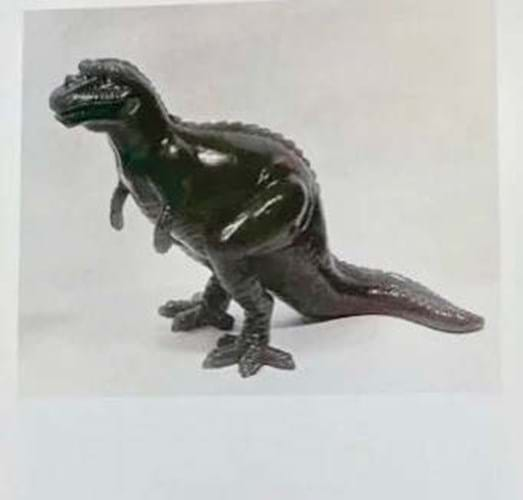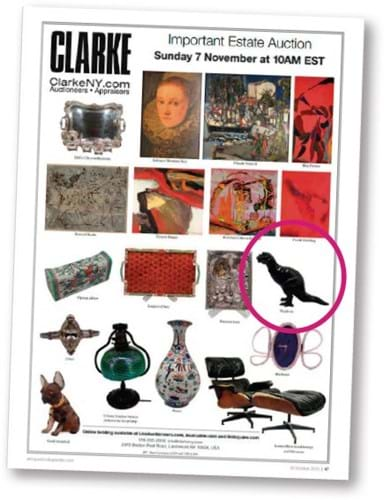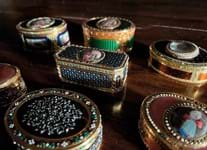
Clarke Auctions in Larchmont, New York, was grateful to BBC Antiques Roadshow specialist Geoffrey Munn for the discovery after he spotted it, unattributed, in an Antiques Trade Gazette advert.
At almost 6in (15cm) across, the nephrite raptor with diamond eyes is among the larger Fabergé hardstone carvings but its importance lies in its subject matter. Very few Fabergé models of dinosaurs are recorded.
Munn, who spent close to 50 years at London jeweller Wartski, says he knows of just three (the others are a triceratops and a pterodactyl). He immediately recognised this piece (advertised in ATG No 2515, page 47) as one he had featured in his book Wartski The First 150 Years.
Prior to the sale he told ATG: “This is a long lost, extremely rare, and potentially valuable carving. It was sold by the Russian [state] to Wartski in the 1920s or early 30s and during my long career I never heard of it again. He added: “I thought it best to tell the auctioneers in case it was lost to posterity forever.”

The Fabergé T-Rex as it appears in Geoffrey Munn’s book 'Wartski The First 150 Years'. The photo was taken c.1927-33 when the piece still had its arms.
This piece, representing a tyrannosaur as it was understood to look at the time, dates from c.1910, not long after the discovery of the first tyrannosaur bones. Fossil hunter Barnum Brown found the first remains in Hell Creek, Montana, in 1902 followed by a near complete skeleton in 1908.
Dinosaur models would have been extremely topical but – less saccharine than most Fabergé animals – perhaps made to sate the interest of a particular client. The link to the sales by the Antikvariat (the department of the Ministry of Trade set up by Lenin to handle the sale and export of art) suggests a strong connection to the Russian imperial family.
The Fabergé T-Rex, which would doubtless be priced well into six figures in perfect condition, had not survived the years unscathed. There is now a repair to breaks to a leg and a toe and, most compromising, its ‘arms’ have been broken and ‘polished out’ in an effort to disguise the problem.
Nonetheless, when it came for sale at Clarke with a revised catalogue description on Sunday November 7, the original estimate of just $800-1200 had already been far surpassed by commission bids. Ultimately it sold at $65,000 (£50,000) plus 25% buyer’s premium.
The US has been the source of several important Fabergé rediscoveries in recent years. The forthcoming exhibition at the Victoria and Albert Museum titled Fabergé in London: Romance to Revolution (opening in late November) includes two such pieces.
These are the Third Imperial Egg uncovered in the Midwest in 2012 and bought by Wartski on behalf of a collector and a carved hardstone figure of an imperial bodyguard bought by Wartski for $5.2m at Stair Galleries in 2013.















